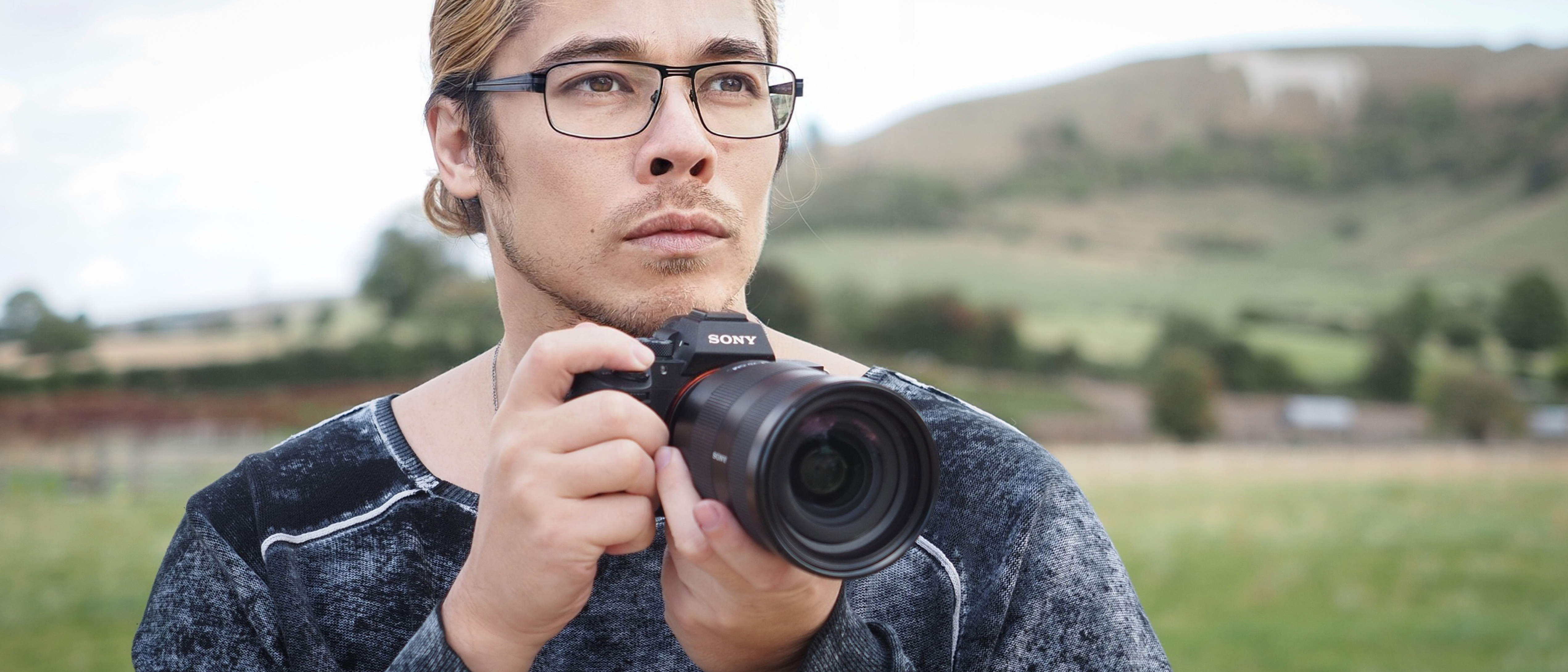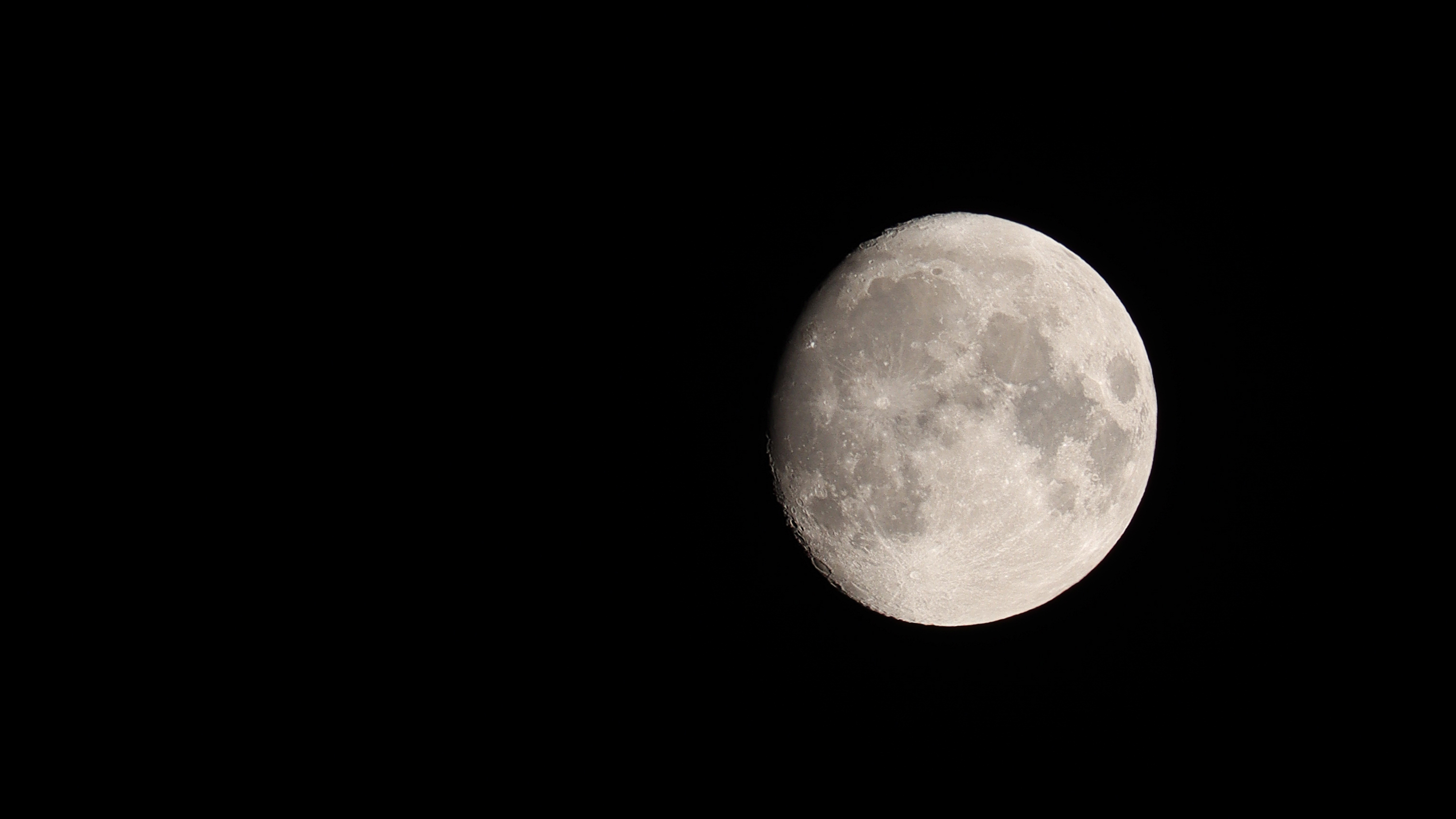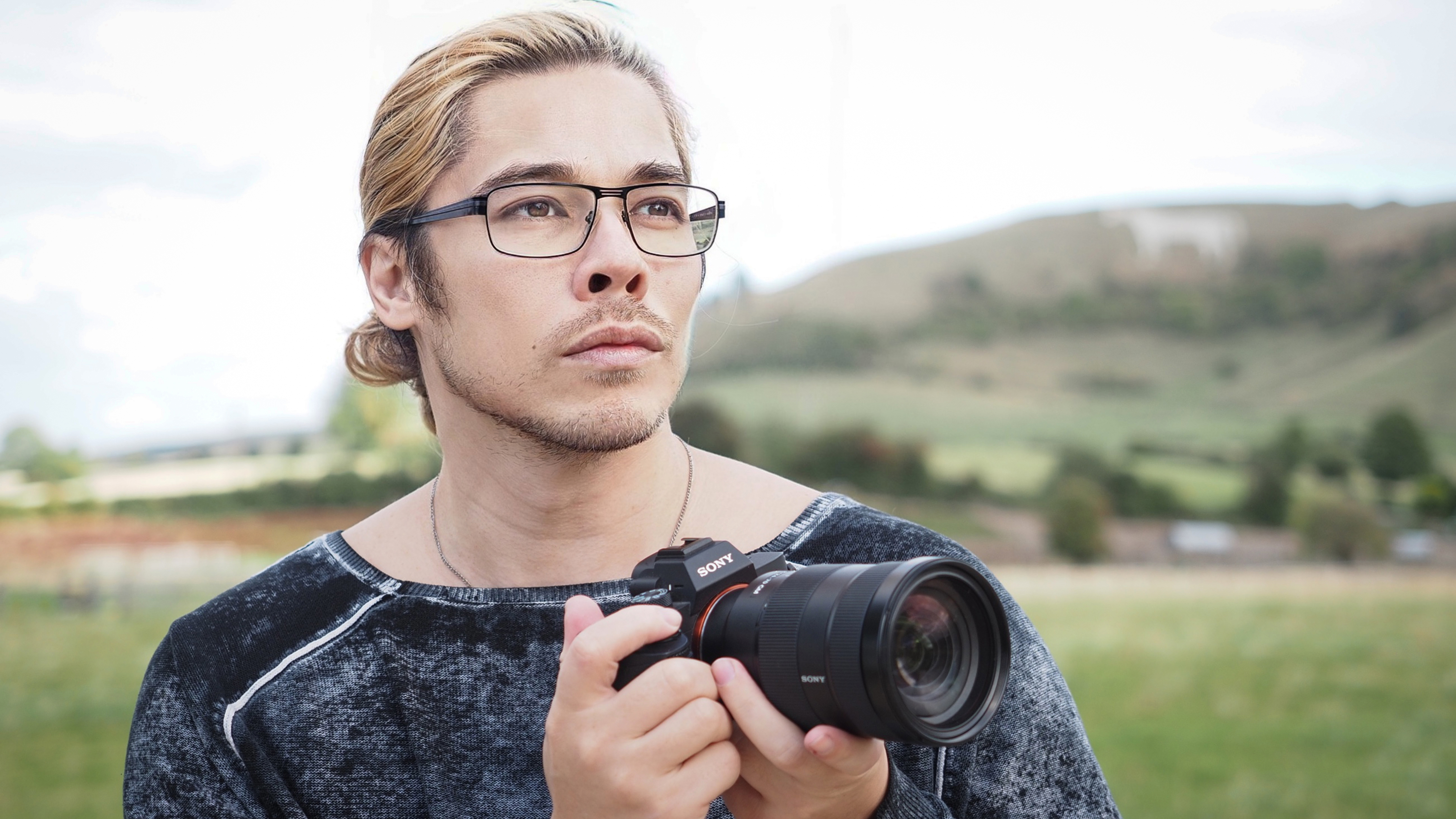Live Science Verdict
The Sony A7S III is built for ultimate video output, but also offers supreme low light stills shooting. Working in the dark? Look no further!
Pros
- +
Unreal low light performance
- +
Super detailed viewfinder
- +
In-body image stabilization
Cons
- -
Low 12.1MP resolution
- -
Magnification limited to 4x
- -
"Star eater" in video mode
Why you can trust Live Science
Type: Mirrorless
Sensor: 12.1MP full frame CMOS
Lens mount: Sony E
ISO range: 80-102,400 (exp 40-409,600)
Viewfinder resolution: 9.44m dots
Video capability: 4K 120p / 1080p 240p
Weight: 1.35lbs
Size: 5.07 x 3.78 x 2.74 inches
Memory card type: 2x CFexpress A / SD
Sony's Alpha 7 series cameras are split into three categories: the all-purpose A7, the resolution-focused A7R, and the video-oriented A7S. And it's in the latest iteration of the latter, the Sony A7S III, that we find a camera that may be designed for ultimate video performance, but also offers virtually unparalleled stills performance when it comes to shooting in low light conditions.
While the A7S III was designed as a specialist video device, a byproduct of its ingenious design also makes it one of the best astrophotography cameras on the market. That's thanks to its low-resolution, back-side illuminated, 12.1MP image sensor and outstanding 80-102,400 ISO sensitivity (which is expandable to 40-409,600).
In a world where high resolution is all we seem to hear about, you may be wondering why we're recommending such a low-resolution camera – but that reduced pixel count is exactly why this camera is such a sniper in low light. With just 12.1 million pixels on a full-frame sensor, each individual photosite is much larger and able to capture a greater amount of light – and because the camera only has to process half as many pixels as most rivals, it generates minimal heat (and, therefore, noise).
So whether your reason for shooting is getting the cleanest 4K video imaginable or achieving the best low light, astrophotography and night capture possible, the A7S III offers a truly inspired solution and rather remarkable results.
Sony A7S III: Design
- Bigger, better buttons
- Phenomenal viewfinder
- Fully articulating screen
If you've ever handled a Sony A7 camera then you know exactly what you're getting here. A compact, lightweight body with all the buttons and dials exactly where you'd expect them. Within that, though, there are some very welcome updates, such as a beefier grip and buttons (including the larger REC button), though there are also video-first rearrangements such as the REC, Movie and S&Q buttons being given top-plate priority. This makes sense given the video-first nature of the A7S III, though stills shooters will have to get used to the re-jigging.
The top plate is also where we see one of the most important upgrades, as the newly chunkier electronic viewfinder section accommodates one of the best digital finders we've ever seen. It boasts a phenomenal 9.44 million-dot OLED monitor that offers resolution arguably better than the human eye is capable of reading. The result is that every detail of your scene is crystal clear – and in particular, the night sky is rendered with the kind of clarity that astrophotographers have always dreamed of.
While the resolution of the rear touchscreen is comparatively paltry, at just 1.44 million dots, the fact that it is a fully articulating affair is again incredibly welcome. It's obviously a must for the videographers that the A7S III is aimed at, but it also offers ultimate versatility for stills shooters, especially when the camera is mounted on a tripod.
Get the world’s most fascinating discoveries delivered straight to your inbox.
Sony A7S III: Functionality
- Dual native ISO
- 4K internal at 10-bit 4:2:2
- Hybrid CFexpress A / SD cards
When it comes to low light / cleanest output performance, the Sony A7S III has three tricks up its sleeve. The first two are the 12.1MP sensor and enormous ISO range, which we've discussed. However, the third is equally important: dual native ISO. This means that the camera has two base (in other words, optimum) ISO settings, one at ISO640 and the other at ISO16000.
When you increase the ISO, more current is run through the circuitry – which introduces noise, and also generates heat (which compounds the noise). By having dual native ISO settings, the camera produces low-noise, low-voltage capture at a medium (640) and high (16000) sensitivities. So, rather than bumping your ISO and introducing noise, you can shoot at either of these settings for imaging that's clean as a whistle.
Looking to the video specs, which are the intended selling point of this camera, the A7S III offers a treasure trove of 10-bit 4:2:2 codecs that can be used to record unlimited, uncropped 4K video internally at up to 60p, or at 120p with a minimal 1.1x crop, all while retaining full autofocus performance. And if you want to record to an external monitor (over the full-size HDMI out), you can push that to 12-bit ProRes RAW. You can even capture 240fps in 1080p, though this S&Q mode is video-only.
We're also supremely grateful to Sony for introducing a hybrid memory card system. The twin slots support the standard SD format, but also accommodate the new CFexpress Type A cards (which, it should be noted, are different to the CFexpress Type B cards supported by Canon, Nikon and co). This means you can upgrade to the newer format as and when you're ready, while still using your existing SD cards to get shooting right away.
Sony A7S III: Performance
- Great autofocus
- Minimal rolling shutter
- Beware "star eating"
The Sony A7S III delivers the kind of low- and zero-light performance that we've only dreamed of in the past. Shooting with all the aforementioned technology means that you walk away with images possessing maximum brightness and minimum noise, with a claimed 15 stops of dynamic range (and from our tests, we've no reason to doubt that) whether you're capturing stills or video.
As a video device it boasts fantastic autofocus performance, with a fantastic hybrid AF system, along with minimal rolling shutter (the Jell-O-like warping of vertical objects, when you pan side to side) and capable image stabilization (though Sony still lags behind the stabilization of all its rivals).
The only thing to be wary of is the Achilles heel of many Sony A7 bodies, the "star eater" phenomenon. This is where the camera's overenthusiastic noise reduction system 'eats' stars that it misidentifies as noise or hot pixels. This tends to rear its head when shooting with particularly sharp wide-angle lenses, and / or at extreme ISOs, so be mindful if you start to see stars disappearing!
Should you buy Sony A7S III?
If you're a video-first shooter, then you shouldn't even think twice about picking up the Sony A7S III. There's a reason that it's the camera of choice for the majority of professional YouTubers and content creators. However, this is far more than a video-centric device.
For the cleanest possible low-light performance, particularly when it comes to night and astrophotography, the A7S III is exceptionally compelling. The only strike against it is that you may find yourself limited by the 12.1MP resolution. This is more than fine for video, online and even for small prints, but if you want to produce large prints of your work then you may want to consider the merits of a higher resolution camera – even though it won't be able to match the Sony's unique combination of back-side illuminated sensor with dual native ISO.
If this product isn't for you
For astrophotographers familiar with conventional cameras, the obvious alternative is the Canon EOS Ra – a dedicated astro camera, with a full frame sensor boasting more than twice as many megapixels, a modified IR filter array (for superior star-shooting capabilities) and an extremely useful 30x magnification (compared to the Sony's meager 4x).
If you're savvy enough to try a dedicated CCD camera, then the ZWO ASI183MC (Color) packs a Sony-made sensor and a dedicated cooling system to reduce noise, while still delivering 12 stops of dynamic range and impressive spectral response.
Finally, don't overlook a camera that can fit into your pocket: a high end smartphone. Our pick is the Samsung Galaxy S22 Ultra, which offers fantastic bang-for-buck imaging – especially for shooting the stars, with an f/1.8 primary camera and an f/2.2 ultra-wide, and Pro mode enabling you to shoot up to 30-second exposures and adjust the ISO to 3200.
The editor of Digital Camera World, James has 21 years experience as a magazine and web journalist. He has worked professionally in the photographic industry since 2014, when he started as an assistant to Damian McGillicuddy (who succeeded David Bailey as Principal Photographer for Olympus). In this time he shot for clients as diverse as Aston Martin Racing, Elinchrom and L'Oréal, in addition to shooting campaigns and product testing for Olympus, and providing training for professionals. This has led him to being a go-to expert on cameras and lenses, photographic and lighting tutorials, as well as industry analysis, news and rumors for publications such as Digital Camera Magazine, PhotoPlus: The Canon Magazine, N-Photo: The Nikon Magazine, Digital Photographer and Professional Imagemaker, as well as hosting workshops and demonstrations at The Photography Show. An Olympus (Micro Four Thirds) and Canon (full frame) shooter, he has a wealth of knowledge on cameras of all makes – and a particular fondness for vintage lenses and film cameras.







